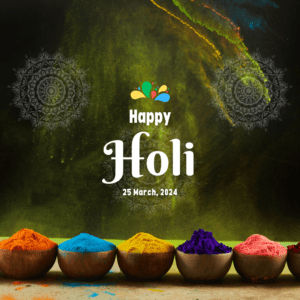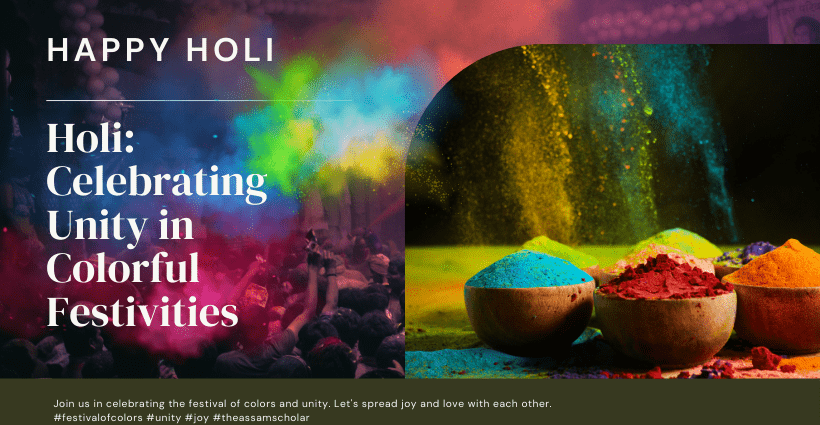Holi, also known as the Festival of Colors, is one of the most vibrant and joyous festivals celebrated primarily in India and Nepal. This ancient Hindu festival holds deep cultural and religious significance, marking the arrival of spring and the triumph of good over evil. The festival is typically observed on the full moon day in the Hindu month of Phalguna, which usually falls in February or March according to the Gregorian calendar.
One of the central themes of Holi is the celebration of unity, love, and forgiveness. It is a time when people come together, forgetting past grievances, and embracing each other with warmth and affection. The festival also signifies the end of winter and the beginning of the spring season, symbolizing renewal, growth, and rejuvenation.
The festivities of Holi usually begin the night before with Holika Dahan, a ritual where bonfires are lit to commemorate the burning of the demoness Holika, who symbolizes evil. This ritual signifies the victory of good (represented by Prahlada, a devotee of Lord Vishnu) over evil (depicted by Holika). People gather around the bonfire, sing traditional songs, perform religious rituals, and offer prayers for blessings and prosperity.

Colors of Unity: Exploring the Joyous Traditions and Significance of Holi Festival
The main event of Holi takes place on the following day, known as Rangwali Holi or Dhuleti. This is when the streets and neighborhoods come alive with vibrant colors as people engage in the playful throwing of colored powders and water at each other. The air is filled with laughter, music, and the joyful shouts of “Holi Hai!” (meaning “It’s Holi!”).
The use of colors during Holi has symbolic significance. It represents the various hues of life, the diversity of nature, and the beauty of unity in diversity. It is also a time for letting go of inhibitions, breaking down social barriers, and fostering a sense of equality and togetherness.
Apart from the colorful revelry, Holi is also a time for indulging in traditional delicacies and sweets like gujiya, thandai (a special milk-based drink), and other festive treats. Families and communities come together to share meals, exchange gifts, and spread joy and happiness.
Overall, Holi is a celebration of life, love, and happiness. It transcends boundaries of religion, caste, and creed, bringing people from all walks of life together in a spirit of camaraderie and merriment. The festival leaves behind a trail of colorful memories, fostering bonds of friendship and strengthening the fabric of social harmony.
Click Here for the Previous Year’s APSC Question Paper
Moreover, your support has been invaluable to us. We are grateful for your continued support…
Follow us on

